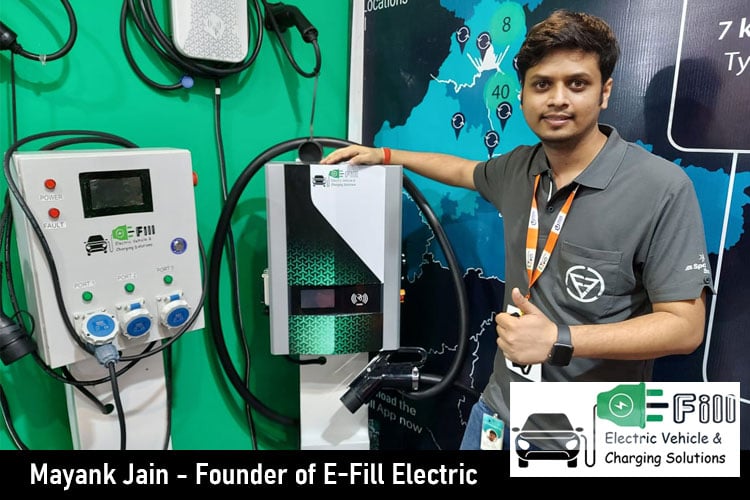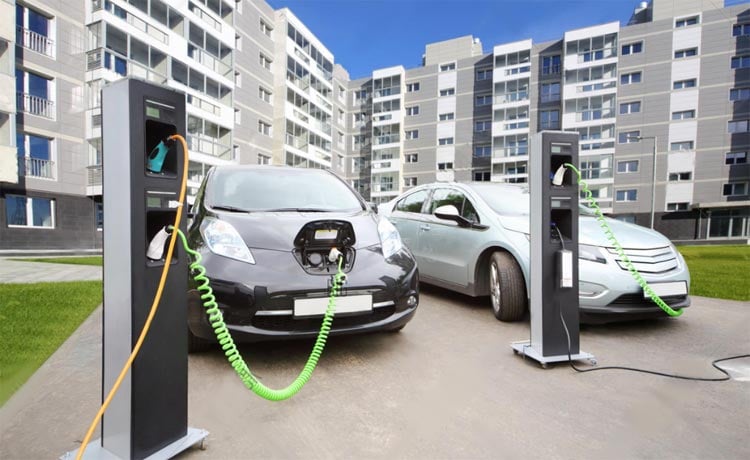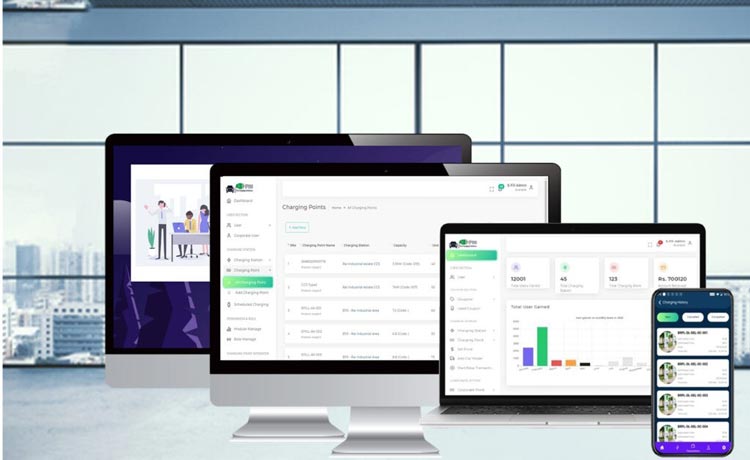
E-Fill Electric is working for the complete EV Eco-System. They are providing EV charging stations & electric three wheelers throughout India. The aim of this company is to enable a tech-driven transition to electric mobility in India. To know more about the company and its services, we had a conversation with Mr. Mayank Jain, founder of E-Fill Electric.
Q. Can you please tell in detail why E-Fill Electric was formed? What is its core mission and vision?
It was formed unofficially in 2018, and it was officially formed in 2019, as a registered Private Limited entity. The clear mission of forming E-Fill is to accelerate the mobility towards a cleaner future through our two verticals, that we have in-house. The vision is to develop establish ourselves as an ecosystem solution provider in EV domain by 2025.
As mentioned, E-Fill started in early 2019 as a CPO (Charge Point Operator), and we installed a couple of charges of existing OEMs. After installing those charges, and observing the market requirement of the charging station by end EV users, we realized that the number of electric four wheelers in the market for penetration was very low. And so we pivoted out whole business model into an OEM perspective. Coming from an automobile R&D background with more than 10 years of experience, and a couple of patents and design applications, this was very much in the interest of me and my co-founder as well. So that’s how we started development of our electric vehicle chargers. Now we have a complete portfolio of AC and DC Fast chargers. And then another pivot was taken at E-fill when we entered into the mobility segment as well.

Q. What are the models/types of charging solutions your company offers?
We have both AC category chargers; we call it EVSE means electric vehicle supply equipment. We have AC001 which is a three-point industrial socket connection as per ARAI standards. We have AC smart-plug which is single point industrial socket that gives an output of 3.3 kW. In case of DC charges, we have 15kW DC CCS2 and 30KW DC CCS2 - single gun. We have now recently developed our 60-kilowatt DC fast charger of dual gun. So that's the portfolio of charging stations and our focus is majorly on the four-wheeler chargers.

Q. As you’ve mentioned, E-Fill EV charging app & CMS are best suited for commercial & private charging stations. So, can you tell us what are its features and how it works?
We started as a CPO (Charge Point Operator) in the early 18. We got a whitelisted application of an existing software solution provider in the market and we observed that the user interface was very poor. The features that we received for CMS portal access were very limited and lacking business analytic tools. Then we started brainstorming and started working on the application part as well. Now we have developed our CMS and the mobile application platform both in-house. Its smart features include, you can schedule and book the chargers beforehand. For example, you're traveling on a highway, you have left home and you're going Delhi to Jaipur, so you will definitely require a DC fast charging to be done on the highway along the way. You can estimate how much time it will take for you to reach the charging station, which is installed in the Midway or along the way. So accordingly, you can book the charger before, so that once you reach the charging station, the charger will be available for you and you will not have to wait. This is just one feature wherein you can do advance booking.

Additionally, a couple of new features that recently rolled out is RFID. You can start the chargers using your own RFID card, no need of booking as well, and you can do on-spot charging. The feature that makes our RFID system stand apart from other extinct solution providers is basically you can make your own RFID card out of your existing debit card or credit cards. You must be having a credit card in your wallet. You just enable the RFID option, and so on mobile application, you can add that credit card or debit card, you can basically enlist that credit card as an RFID tag on our application. On the next move, you can use that credit card as RFID to authenticate the chargers. That's something which is innovative, and we need not to deliver an RFID card to the end customers. So based on the requirement, they can basically enlist their own cards as RFID card.
Q. You have been looking into the EV industry for quite some time, so what type of growth have you observed over these years and what are the key challenges that India is facing in this particular industry?
Before COVID hit, the market was a little slow in terms of the promotional or in terms of adoption as well. But after COVID period and observing the government initiatives and the promotional activities that has been done by NITI Aayog and other government entities. There have been a lot of awareness in End User and people are actually adopting electric vehicles at a faster rate than expected. You can expect easily a CAGR of more than 40% annually, and we are expecting more than five lakh charging stations to be installed in next five years.

Q. Can you tell us about your latest launched Electric Vehicle Muver E-3W. What are its specifications and how is it different from other existing Electric vehicles in the market?
This is EV electric e-rickshaw segment vehicle which is made to look like a electric auto which is completely covered from the front. The name is MUVER stands for multi utility vehicle e-rickshaw segments. It's already a patented product with a feature of convertible seats wherein the customer can fold the seats and get more luggage space inside the vehicle. This is something unique which is not there in the market and we have already patented the complete design for E-Fill Electric. Further, there are a couple of more features which makes it stand apart from the existing e-rickshaw in the market like both the products that we have, MUVER and HAULER, both are lithium ion powered electric vehicles and then this is the first in class electric E-rickshaw with Dual Combi-brakes and with dual speed gear mode & digital speedometer. All of this has been developed and localized in India.
Q. How did the first prototype charger look like? And how you launched that in the market?
The initial charges that we developed for Type2 and AC 001 charges, which are capable of charging the vehicle at a slow or moderate rate. Those were the type of prototypes that we made. And then we entered into the CCS2 product segment for the DC categories.

Q. What’s the role of IoT in E-Fill Electric Telematics?
Talking about IoT, I will say, all of our products are IoT enabled, because all the charges have to have internet connectivity to be working remotely. But, you can also operate them without internet connection also, like you can operate them through RFID cards or with pass codes as well. But majorly since the charging stations are installed on public locations like a common parking lot and all the charges will be connected to a server and will be remotely accessible hence IoT is a must part for any charging station in the market.
That's about the charging vertical. But in the electric mobility segment also, we are planning IoT telematics added to the battery for both of our vehicles, so that the vehicles can be tracked and monitored. So this is how both the segments utilize IoT.
Q. Would you like to add something in this conversation?
Since the customers are adopting electric mobility, so we are expecting a good traction and good growth in the market. But what I think we're lacking or what we need to work upon is a collaborative approach from the industry side to improve local production and enhance local r&d. That is something which has to be done and we are doing already at E-Fill. We have more than 40% of the team members located in r&d. And our focus is also on research and development and we expect the market to grow and we expect more and more organizations and universities and colleges to start EV related or power electronics related courses in the curriculum, so that more and more young talent can be clubbed together with this EV domain.
Second, regarding the shortage of the raw material that we are facing in our power electronics or the silicon chipsets that we have to use in all the electronic products. After EV being introduced, the number of electronic components has increased, which has caused a little more trouble in terms of arranging the component and sourcing the component. Majorly we are dependent on China for chipsets, ICs and other electronic components. I think steadily, we'll have to work on those part also if we have to actually do all the make in India successful.

